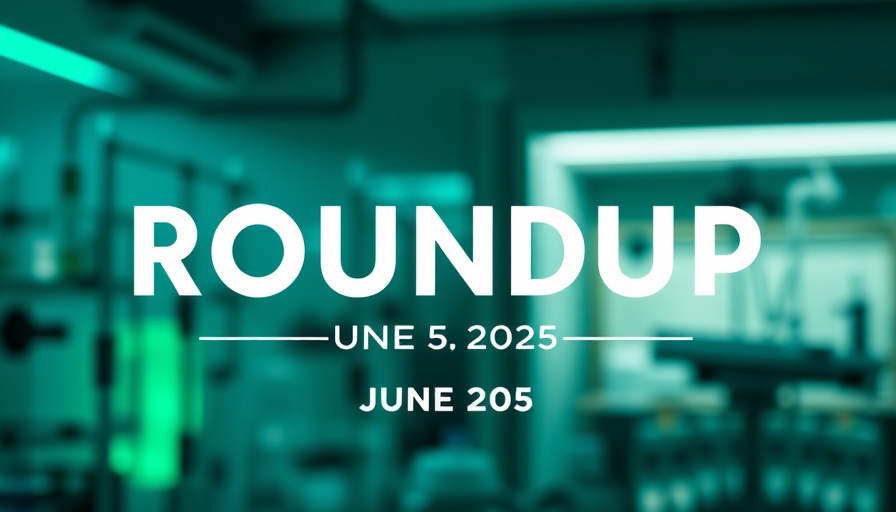
Exploring the Current State of Longevity Innovations
As the world slowly emerges from the shadows of pandemic-induced stagnation, the longevity industry appears to be undergoing a period of rejuvenation. June 2025 marks not just the arrival of the warm weather but also a renewed vigor within this dynamic field. With significant strides being made in aging research, this month’s edition highlights key interviews and breakthroughs that could shape the future of health and longevity.
AI and Longevity: Rejuve.AI Makes Waves
This month, an interview with Jasmine Smith and Ben Goertzel, the masterminds behind Rejuve.AI, offers intriguing insights into how technology is set to revolutionize our approach to aging. The platform, which positions itself as a robust longevity research network, reportedly aims to democratize health insights for users across the globe. Through their initiatives, they underscore a vital point: the convergence of artificial intelligence and longevity research not only empowers individuals but also fosters a community dedicated to combating aging.
A Closer Look: Funding Under-Reported Longevity Projects
In a compelling discussion with Boyang Wang of Immortal Dragons, the narrative shifts towards the often-overlooked funding aspect of longevity initiatives. Wang provides an imperative view on promoting underfunded projects, suggesting that the industry must break down barriers between Eastern and Western research philosophies. His perspective emphasizes fostering collaborative relationships that could enhance global longevity strategies, illustrating how collective effort can supercharge innovation in this segment.
Research Highlights: What’s New in Longevity Science?
Research psotsuggest that tangible scientific advancements are on the horizon. Scientists have made considerable progress in illuminating the mechanisms of Alzheimer's disease, revealing how knocking out parts of the cGAS-STING pathway can slow the disease’s progression in mice. This could serve as a cornerstone for future therapeutic avenues.
Additionally, recent observations indicate that today’s younger cohorts exhibit a declining incidence of dementia despite an aging population. These findings are essential, suggesting that improved lifestyle factors and awareness may be contributing to better cognitive health in emerging older adults. This contrasts starkly with previous generations, further emphasizing the need to dissect and understand both historical and current health narratives.
The Night Owl Phenomenon and Cognitive Decline
Interestingly, a recent analysis involving over 20,000 middle-aged and older adults has unveiled a correlation between being a ‘night owl’ and increased cognitive decline among highly educated individuals. This highlights the importance of circadian rhythms and lifestyle choices on mental health, suggesting that our daily habits can significantly impact our longevity and cognitive vitality.
Conclusion: Why Understanding Longevity Matters
In a rapidly evolving world where health and longevity take center stage, the significance of understanding these developments cannot be overstated. The interviews and research findings in this roundup demonstrate a commitment to tackling aging from multiple angles. For health enthusiasts eager to stay informed, the information shared here provides a foundation for making informed decisions about their wellness journey.
If you wish to delve deeper into the fascinating world of longevity and join the movement for better health, consider following relevant developments in this dynamic field. The implications of these discussions not only resonate on a personal level but also extend into broader societal impacts, shaping how we perceive health across generations.
 Add Row
Add Row  Add
Add 




Write A Comment